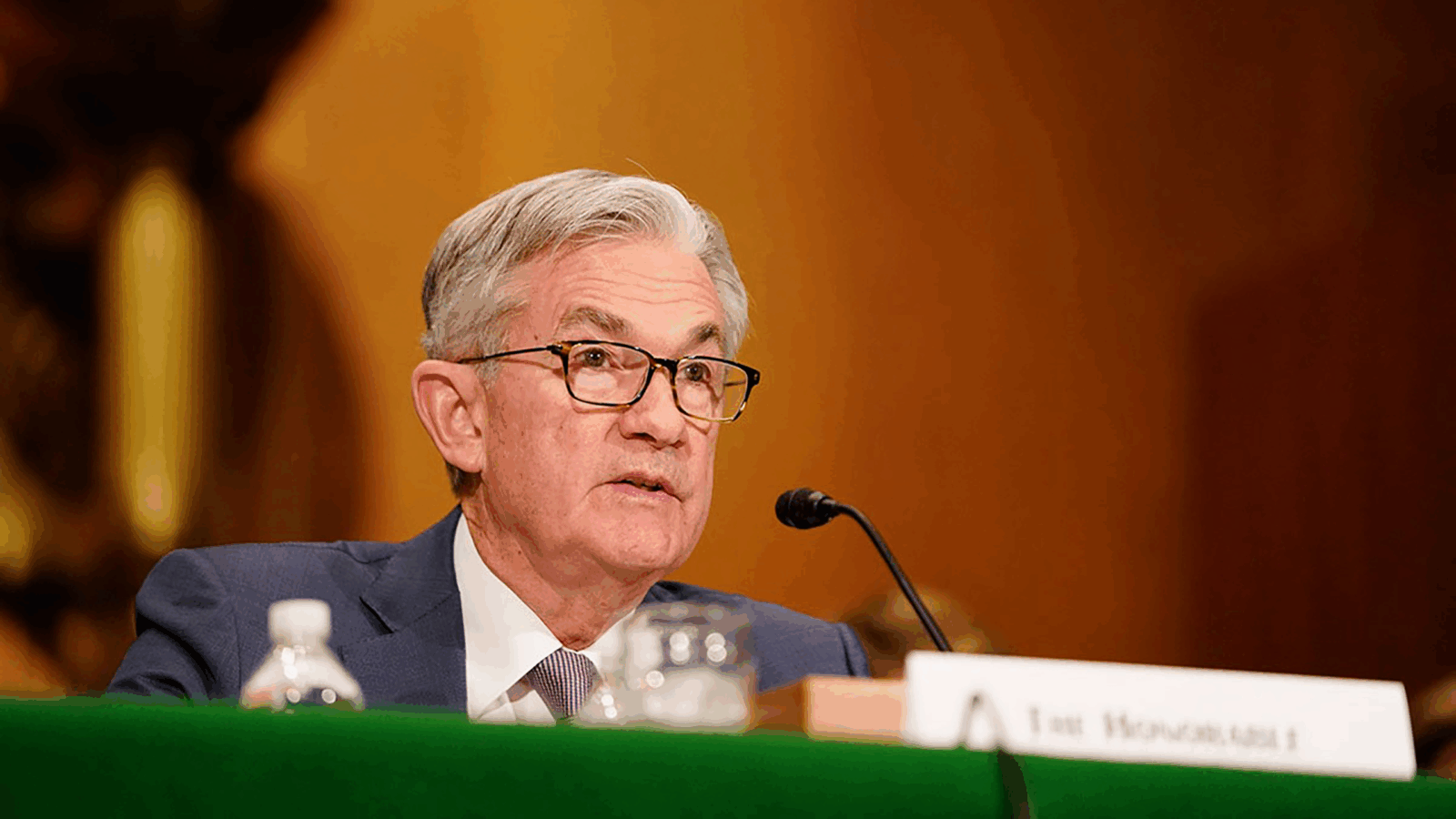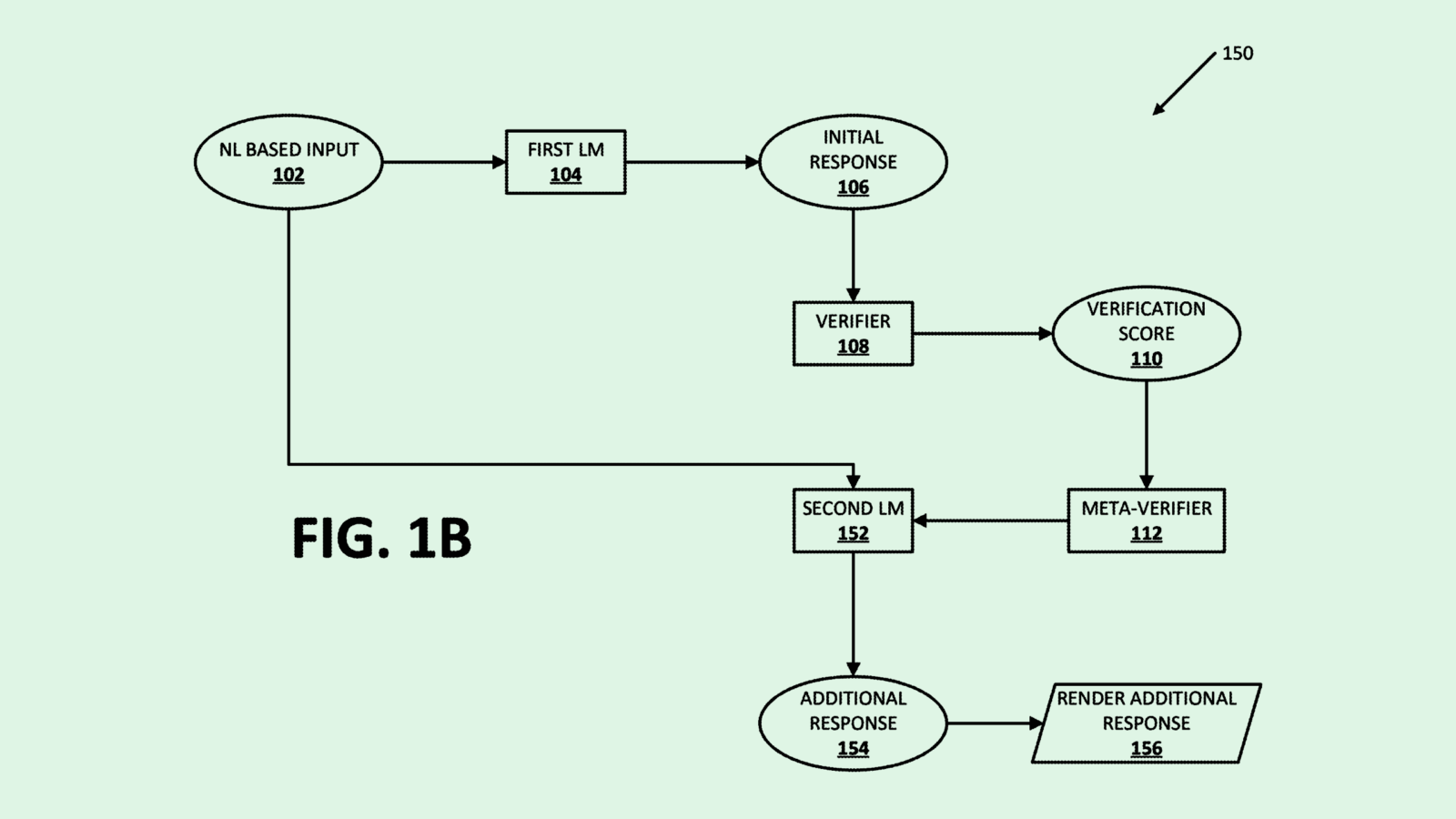
The Daily Upside: There’s been a lot of news lately that’s ripped through markets and contributed to a pullback. The introduction of tariffs, geopolitical saber rattling, the slump of the US dollar – can you talk a little bit about the state of the US economy?
Charly Travers: Over the past month, the S&P has dropped about 8%. Normally, that wouldn’t be too concerning, but the underlying factors do concern me. The US signed trade deals with Mexico and Canada during the first Trump administration, now tariffs are being introduced on those countries that unwind those deals seemingly out of nowhere. For tensions to emerge, not with adversaries, but with longtime allies, that kind of unpredictability rattles markets.
I believe this is intentional. Secretary Bessent has said the administration’s policy is to push for lower interest rates. So how do they achieve that? By creating market uncertainty. Tariffs disrupt businesses, increase consumer costs, and provoke retaliatory measures from trading partners. All of this weighs on the economy and helps achieve that goal.
The Daily Upside: Over the past few years the so-called Magnificent Seven stocks have dominated, accounting for a huge share of market gains. With AI now taking center stage, how do you see that dynamic evolving?
Charly Travers: Right now, the Magnificent Seven make up nearly 30% of the S&P 500, which relative to historical benchmarks seems heavily concentrated. But some of these firms are generating nearly $100 billion in GAAP net income, and, in aggregate, generate 25% of the index’s total earnings, so that weighting could be justified.
The big question is: where do we go from here? Street estimates suggest these companies will see mid-teens earnings growth in 2024, which, after recent valuation pullbacks, makes them look reasonable. But as we head into Q1 earnings season, the key thing to watch is whether those estimates start coming down given the macro environment. That’s what I’ll be focusing on in April.
The Daily Upside: Can you tell us a bit about TMFE and its investment philosophy?
Charly Travers: TMFE is one of our passively managed ETFs with a strategy centered around capital efficiency. The first layer of inclusion is predicated on the active Fool Recommendation Database, a list of 150 stocks hand-picked by about 40 research analysts at our parent company, The Motley Fool, LLC. These stocks have been selected due to their long-term growth potential.
From there, Motley Fool LLC. creates a smart beta index of the top 100 most capital-efficient companies from the Fool Recommendation Universe – using their unique criteria of profitability, growth, and stability. The goal is to identify “best-of-breed” companies that demonstrate consistent earnings growth and align with The Motley Fool’s long-term buy-and-hold philosophy.
The Daily Upside: The mechanics of wealth creation have evolved significantly since the advent of the internet. In the past the wealth was created by harnessing capital to build railroads, power plants, factories and just repeating that process over and over. With technology, that same type of physical capital investment is not always required for large valuations – how does that shift impact your approach to capital efficiency?
Charly Travers: Markets absolutely go through cycles where they’re willing to pay a premium for future growth and innovation— think biotech during the human genome sequencing era, the dot-com boom, or, more recently, AI. The Capital Efficiency ETF aims to balance that by focusing on companies that have demonstrated consistent profitability over time. Having pricing power, a strong brand, a dominant position in the market to fend off competition and innovate – all of that builds on itself and is core to the philosophy.
TMFE’s top holdings include Visa, MasterCard, Eli Lilly, Meta, and UnitedHealth Group. Only one of those is a “Magnificent Seven” stock. Unlike many large-cap market-weighted indexes, our approach favors businesses with near-monopoly status, which can help drive consistent growth without needing massive reinvestment. The financial sector tends to rank highly in our index.
The Daily Upside: Are there sectors that tend not to make the cut?
Charly Travers: Currently, the ETF has no energy exposure. Energy businesses are capital-intensive and highly cyclical — commodity prices dictate their profitability, leading to extreme boom-and-bust cycles. Those swings make it difficult for them to meet our consistency criteria.
The Daily Upside: The Motley Fool has been around for decades. Can you talk about its investment philosophy and how the company has evolved?
Charly Travers: Since its founding, The Motley Fool has focused on empowering individuals to manage their own investments with education and research. The core philosophy is long-term investing in high-quality companies, much like Buffett’s buy-and-hold approach. While The Motley Fool is often associated with growth stocks, the key principle is holding strong over time rather than trying to time the market. As we’ve grown, we’ve expanded beyond individual stock recommendations. We now offer well-constructed ETFs for investors who prefer a professionally managed approach but still want exposure to Fool-style investing.
The Daily Upside: Thank you so much Charly, this has been great!
Charly Travers: Likewise! For those interested you can read more about TMFE here.










